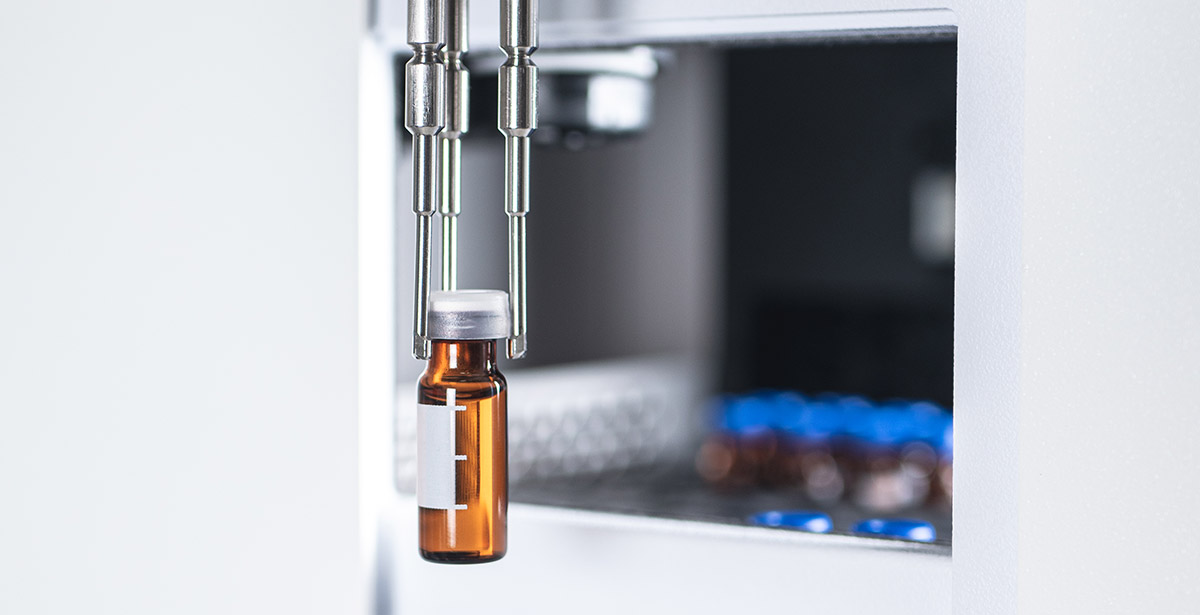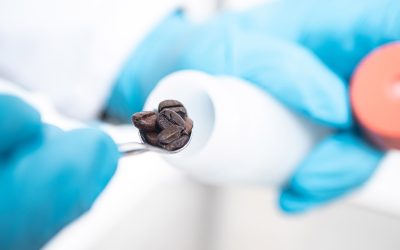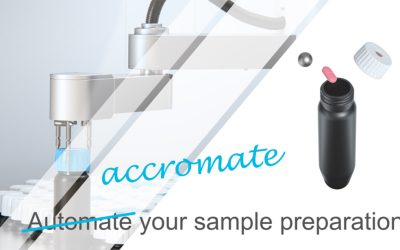
Why Analytical Method Transfer should be considered already in the early Drug Development process
Strategies for Efficient Analytical Method Transfers (AMTs) to speed up Drug Development Processes
Transferring analytical methods from one laboratory to another has been a large challenge for the pharmaceutical industry and is widely underestimated for a successful drug development program. If a method needs to be transferred to a laboratory outside the organization (e.g. a CMO), the complexity increases even more. The United States Pharmacopoeia introduced regulations to ensure accurate and comparative data, which is described in USP 〈1225〉. The regulation claims reproducibility between Transferring Unit and Receiving Unit by comparative testing, Revalidation or Covalidation. These procedures are very time- and resource intensive involving a transfer team (project management, technical- and Quality Assurance representatives), practical lab work, training, and documentation. A typical method transfer process could look like in figure 1.

The problem of interpreting analytical methods
A well-known problem of transferring analytical methods is that protocols are written with room for interpretation. The USP 〈1225〉 Guideline is lacking specific instructions too as it suggests:
“The procedure should be written with sufficient detail and explicit instructions, so that a trained analyst can perform it without difficulty.”
Terms like “sufficient detail” and “trained” are understood differently by professionals around the world having different education and standards. The interpretation of text is a challenge for guidelines such as the USP 〈1225〉 as well as for standard operation procedures (SOPs) used for analytical methods. Therefore, analytical method transfer is not only a challenge between two laboratories but also between operators working in the same lab.
Sources of error
As the list of potential errors in performing analysis is long, the sources of errors are summarized to groups while differentiating between sample preparation and analysis.
| Sample Preparation | Analysis | |
|---|---|---|
| Equipment | e.g. Ultrasound baths of different performance lead to insufficient extraction | e.g. HPLCs with different injection techniques lead to imprecise results |
| Chemicals/Reagents | e.g. Diluent with impurity lead to ghost peaks | e.g. Mobile phases of different vendors lead to retention time shift |
| Environment | e.g. Differences in room temperature lead to volume errors | e.g. Direct / indirect sunlight affecting analysis result |
| Procedure | e.g. Strength of hand shaking lead to different dissolution | e.g. different peak integration techniques |
Analytical development departments have tried multiple approaches to make analytical method transfers easier. While the equipment and Chemicals/Reagents could be harmonized quite simple, standardization of environments (temperature, humidity, sunlight, vibrations, etc.) may be more challenging. The standardization of procedures is the most demanding and only possible to a certain degree because steps like hand shaking, pipetting, visual control will remain an analysts individuality such as the fingerprint..
Sample Preparation as largest source for errors
Adding more and more details to analytical methods did not help to make them more comparable as the largest source of errors and variability remains the execution of the manual steps during sample preparation procedures. It leads to huge losses in efficiency or even abortions of method transfers. As a result, the only effective solution to make analytical method transfers simpler and the process more efficient is the automation of sample preparation. An automation system performs repetitive tasks with highest accuracy and precision while humans tend to do mistakes and introduce variability. By automating sample preparation, workflows could be also standardized and digitized.
Focus on Analytical Methods for post Approval Quality Control

During analytical development of finished dosage forms, scientists should consider the potential of automating sample preparation for post approval applications. This will not only have large effects on the efficiency of Quality Control laboratories but will also enable simpler and smoother method transfers. To release batches for clinical studies as well as for the market post approval, various tests are required for new drug products defined by ICH Guideline Q 6 B. Automated sample preparation should be already applied for Analytical Development and Quality Control Tests in clinical studies to make analytical method transfer simpler.
Revolution in sample preparation of Solid and Semi-Solid dosage forms for analysis
The most significant gain in efficiency can be achieved by automating sample preparation workflows. Automation does not only reduce human errors but also standardize sample preparation and therefore, minimize human-caused variability. Not only the manual sample preparation work is automated but also its documentation.
The accroma samplePrep system automates the entire sample preparation process from sample weighing until the transfer of the prepared solution into a vial or if desired, directly into a liquid chromatograph. The samples are prepared in single-use tubes and therefore, spatially separated from each other. Depending on the sample, an appropriate milling aid such as a steel ball is added. The tubes are then placed by a robot into the different modules such as the balance, shaker, liquid handler, ultrasonic bath, centrifuge, and the filtration module.
As no washing of the extraction vessel is necessary, the accuracy and reproducibility of the system is outstanding. Even a single sample is worth to be prepared on the accroma. Sample preparation is made fast and standardized while the documentation is traceable and performed automatically.
The accroma system cannot only be used for sample preparation in routine applications, it is also applied for solubility screening during formulation- and analytical development. Hereby, the formulation of interest is placed in multiple tubes and diluted with various solvent combinations before individual analysis.
Efficient automation also for laboratories with diverse products and low sample volumes
The accroma samplePrep system reduce errors but also safe the lab technician’s hands-on time. The method transfer from manual sample preparation to the accroma is straight forward and may not need any adjustments. Nevertheless, methods could be optimized to reduce preparation cycle times and solvent usage. The workflow editor in the accroLab software allows simple workflow development and adjustment. The creation of workflows by simple drag&drop functionality does not require any special skills or training and is very quick.
The accroma system comes together with the accroLab Software, which will be installed and qualified by an accroma representative. The installation package also includes a basic training, a starter kit with consumables and 12-month warranty. Everything is included for a successful start.
It is happening right now
Leading pharmaceutical companies could simplify method transfers and reduce hands on time by a factor of ten. Further, Out of specification events related to sample preparation could be reduced by the improvement of the overall reproducibility and accuracy.
Your success is our motivation
We offer assessing the feasibility of automating your methods with the accroma by testing your products on the system before purchase. We offer you a success guarantee meaning if the method transfer is not successful, you can give back the system and you will get the money back.
Learn more
Find out whether the accroma system can be applied for your samples and methods. Get valuable insights of how method transfer can be simplified and hands on time can be significantly reduced. We will assist you in assessing accroma scientifically and economically. Contact us or book a demo without obligation.
Contact us today
Make sure you are the first person within your organization, which drives this initiative. Are you ready to improve accuracy while saving tremendous costs?

